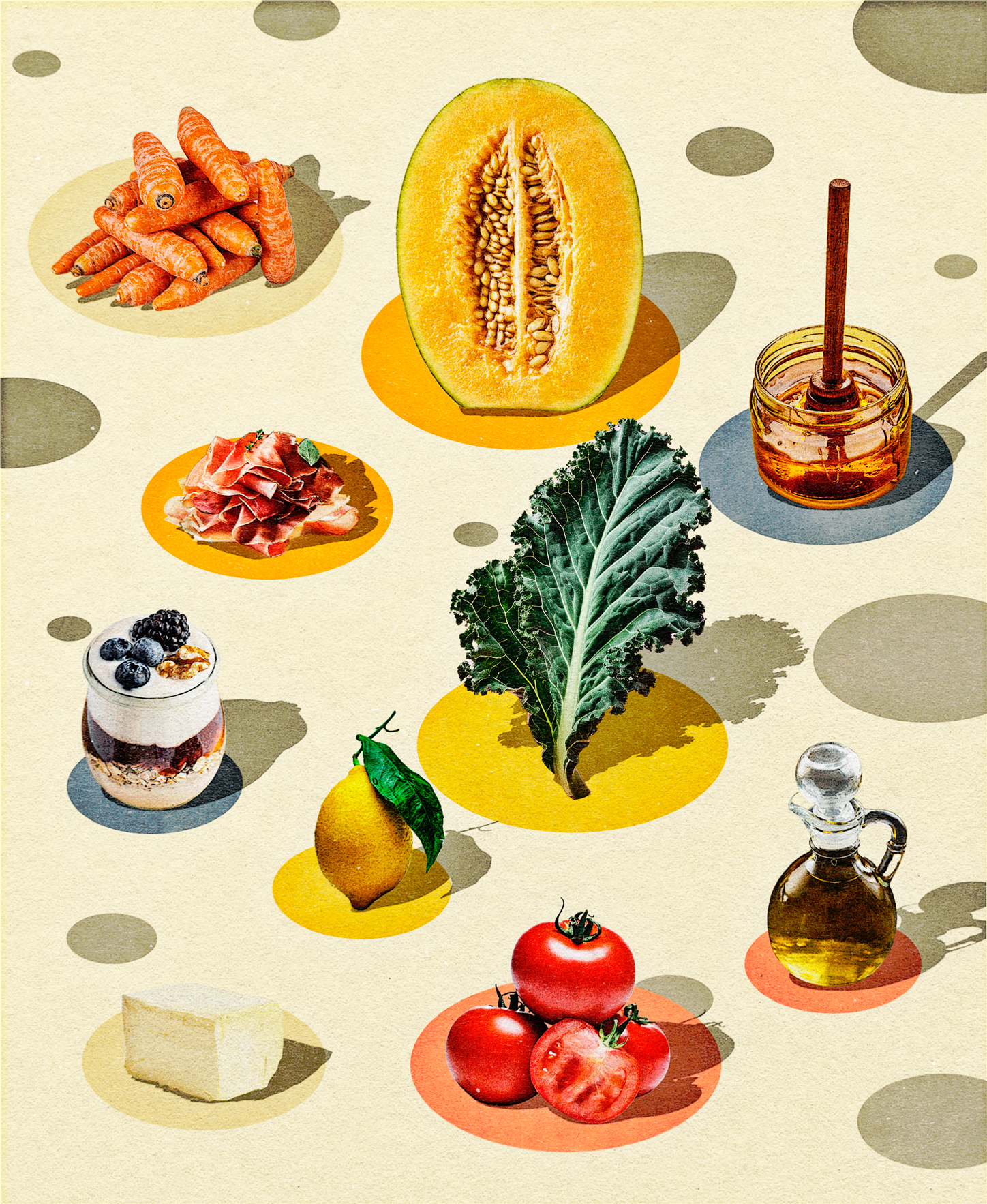There’s wisdom in tradition, and with all the fad diets and trending superfoods littering social media, it’s often wise to go back to basics: intuitive food pairings that have nourished generation upon generation of healthy families. Think a fresh springtime salad of dandelion greens drizzled with fresh lemon juice, a spoonful of honey stirred into a bowl of yogurt, or butter melting luxuriously over freshly cooked carrots. These traditional pairings not only taste amazing, but provide deep nourishment.
While home cooks have partnered key ingredients together for generations, researchers are just now catching up on recognizing the added health benefits of pairing complementary foods. It all has to do with the way certain nutrients interact. Certain pairings enhance nutrient absorption—meaning you get more out of the food you eat.










